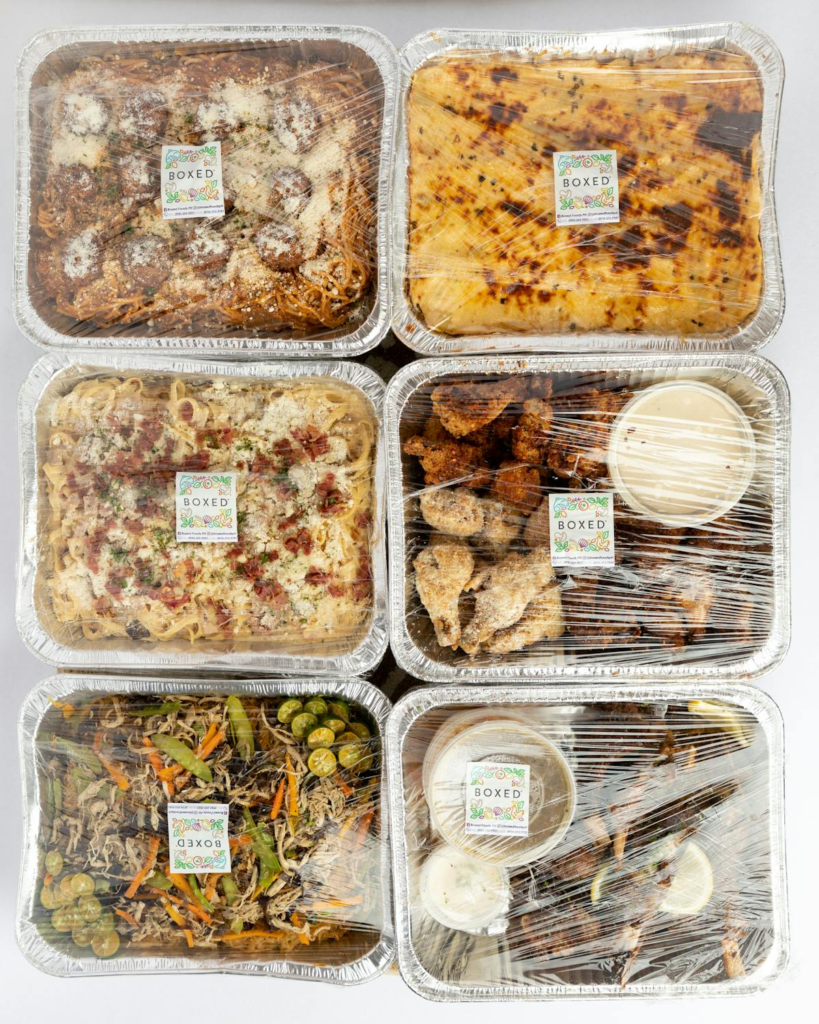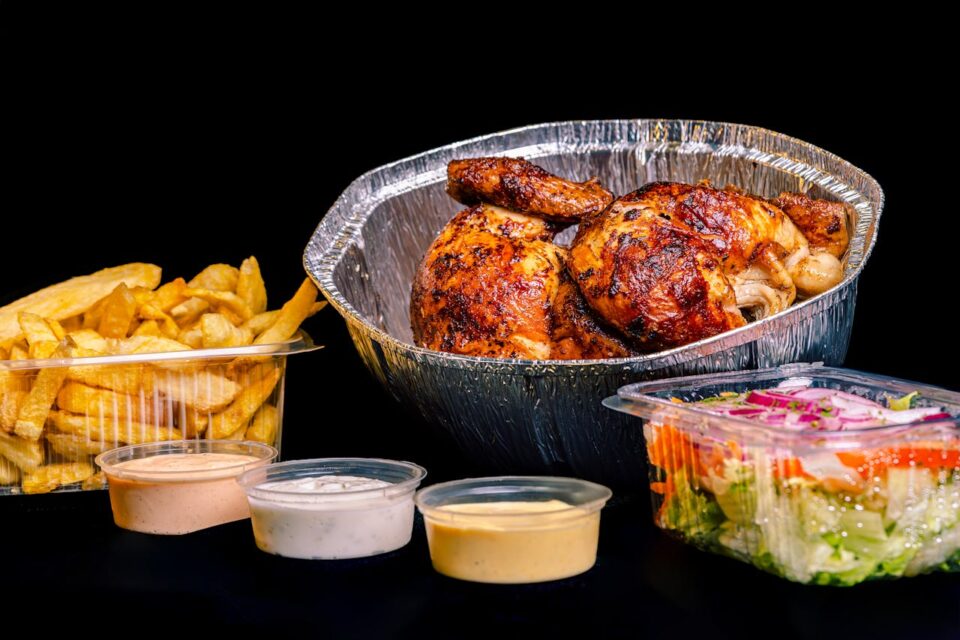Looking to host a potluck while making a positive impact on the environment? Potlucks are not only a great way to bring people together for a delicious feast, but they can also be an opportunity to embrace sustainable living. By integrating eco-friendly practices, you can make your gatherings more kind to the planet without sacrificing fun and flavor.
Start by encouraging guests to bring dishes in reusable containers. This simple switch reduces waste and cuts down on single-use plastics, aligning your entertaining with sustainable values. Plus, you can make the cleanup much simpler for everyone involved by suggesting that guests take home leftovers in these same containers.
You can also opt for locally sourced and organic ingredients in your dishes, supporting local farmers and reducing your carbon footprint. By focusing on plant-based options, you further minimize the environmental impact of your potluck. These choices not only make your event more eco-conscious but also introduce guests to creative and tasty alternatives they might not have tried before.
Table of Contents
Planning Your Green Potluck
Organizing a green potluck involves smart planning and thoughtful choices. You’ll want to think about coordinating invitations, choosing sustainable foods, and opting for eco-friendly serving methods. It can be simple and fun to make your potluck sustainable.
Invitations and Coordination
When planning your potluck, choose digital invitations to eliminate paper waste. Use platforms like Evite or Paperless Post to send invites and manage RSVPs. These tools help track responses and dietary restrictions easily. Include requests for guests to bring eco-friendly items like reusable containers or cloth napkins.
Make coordination easy by setting up a sign-up sheet with options for appetizers, main dishes, desserts, and beverages. This ensures variety and balance in the meal. Encourage guests to label their dishes if they contain common allergens or if they’re vegetarian or vegan-friendly.

Selecting Sustainable Dishes
Aim for recipes that use local and seasonal ingredients. For main dishes, consider options like vegetable casseroles or quinoa salads. Casseroles can be hearty yet sustainable and accommodate various dietary restrictions.
Incorporate appetizers like vegetable platters or hummus, and choose desserts such as fruit salads or oat-based cookies. When it comes to beverages, think about homemade iced teas or lemonades. These options often use fewer resources than store-bought choices.
Eco-Friendly Serving Options
Using reusable or compostable plates, cups, and utensils helps reduce waste. If you’re hosting, provide these for everyone or ask guests to bring their own set. Consider colorful cloth napkins instead of paper, adding a touch of charm to your sustainable dinner party.
For seating and serving areas, use tablecloths made from sustainable materials like organic cotton. Label garbage, recycling, and compost bins clearly to help guests dispose of waste correctly. Small actions make a significant impact toward reducing waste and promoting eco-friendliness.
During the Event
Making your potluck environmentally friendly isn’t just about preparation. It’s also about active participation in reducing waste and promoting sustainable practices during the event. You’ll find practical tips on handling food waste and encouraging recycling to maintain a green and enjoyable gathering.
Minimizing Food Waste
Food waste is a big concern, especially at potluck parties. Start by setting up a designated area where guests can take or donate extra food. Encourage them to bring their own containers.
Create a system for clearly labeling dishes with ingredients and potential allergens. This ensures that guests choose what they like, reducing unwanted leftovers.
Smaller serving spoons can help control portion sizes. This avoids over-serving and keeps waste minimal. Setting up a compost bin for scraps and peels also helps divert organic waste from landfills.
Encouraging Recycling
Recycling is crucial for keeping waste down. Clearly label recycling bins for different materials like plastics, paper, and glass. Place them near trash cans to make separation easy.
Use recyclable, compostable or biodegradable trays and plates to cut down on single-use plastics. If feasible, ask guests to bring their own reusable dishware.
Create fun incentives or games around recycling to ensure participation. For example, offer a small reward to guests for successfully separating their waste, turning recycling into a community effort.
After the Potluck
Once the potluck party wraps up, it’s time to transition towards sustainable practices. Focus on reducing waste and sharing leftovers efficiently.
Cleaning Up Sustainably
After everyone has enjoyed the delicious food, the clean-up process begins. Start by setting up clearly labeled bins for recycling and composting. This helps everyone know exactly where to dispose of their plates, cups, and other materials. Using compostable utensils and plates minimizes non-recyclable waste.
Consider forming a small group to tackle different cleaning tasks. Assign someone to handle recyclables and another for compostables. Encourage everyone to scrape leftover food scraps into the compost bin. It’s a great way to reduce food waste and support sustainable living.
Don’t forget to save the decorations if they can be reused. This not only cuts down on waste but also saves resources for future gatherings. Cleaning with environmentally friendly products is another small, yet impactful way to stay green. Choose biodegradable soaps and cleaners whenever possible.
Sharing Leftovers
With any potluck, there are often leftovers. Make sure they don’t go to waste by organizing a system for distribution. Bring reusable containers to pack up extra food for guests to take home. This reduces food waste and allows everyone to enjoy the meals later.
Label dishes with dietary restrictions to ensure that everyone gets what they need. You might even use a small table or area for people to drop off and pick up leftovers. Encouraging guests to take food they like ensures nothing goes unnoticed or wasted.
If you end up with too much food, check with local shelters or food banks about donation possibilities. Many places welcome prepared food donations, helping to feed those in need while keeping waste to a minimum.

